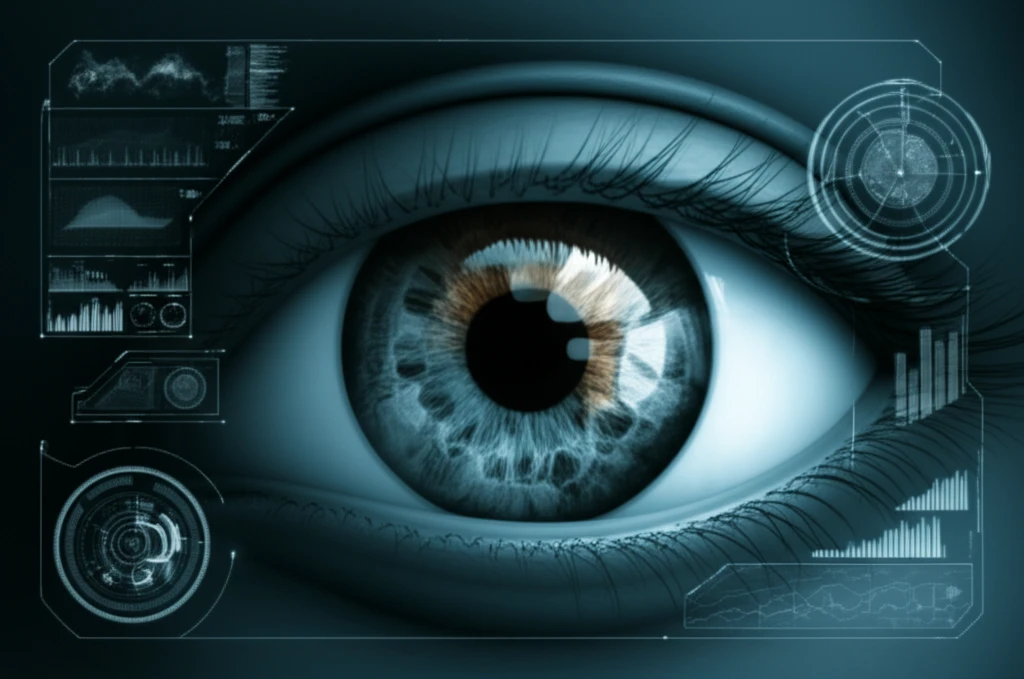
Beyond the Retina: The Emerging Potential of the Suprachoroidal Space
"Unlock new possibilities in eye health: Discover how advanced imaging and targeted drug delivery are transforming our understanding and treatment of retinal diseases through the suprachoroidal space."
The suprachoroidal space (SCS), a long-recognized potential space between the choroid and sclera, is rapidly becoming a focal point in ophthalmology. Traditionally, this space was only observable through histology or, indirectly, via ultrasonography in specific pathological conditions. However, recent advancements in optical coherence tomography (OCT) imaging are changing this landscape, offering detailed in vivo visualization.
OCT, particularly enhanced depth imaging (EDI-OCT) and swept-source OCT, has revolutionized retinal imaging, allowing clinicians to see beyond the retina and into the underlying layers. These techniques enable the identification of changes in choroidal thickness associated with various retinal diseases, including central serous chorioretinopathy, polypoidal choroidal vasculopathy, myopic degeneration, and age-related macular degeneration (AMD).
Now, with the ability to accurately image the SCS in living eyes, researchers are gaining new insights into its role in both healthy and diseased states. This enhanced visualization not only aids in diagnosis and monitoring but also opens doors for innovative medical and surgical interventions, positioning the SCS as a key area of interest for retinal specialists.
Imaging the Suprachoroidal Space: What are we seeing?

While studies on choroidal thickness often define the inner border of the sclera as the choroid's outer boundary, the presence of a hyporeflective band between the choroid and sclera has been noted. This band, now identified as the SCS, can introduce variability in choroidal thickness measurements. Advanced OCT techniques are essential for accurately visualizing and measuring this space.
- AMD: Detected in 20-50% of eyes with age-related macular degeneration.
- Macular Holes/Epiretinal Membranes: Found in 50-60% of patients.
- Central Serous Chorioretinopathy: Fluid loculation in the outer choroid is seen in approximately 65% of eyes.
The Future of the Suprachoroidal Space: A New Frontier in Eye Care
The suprachoroidal space is garnering increased attention, and its importance in the diagnosis and treatment of various retinal conditions is becoming more evident. Recent technological advancements have enabled clear imaging of the SCS, shedding light on its variability in aging, health, and disease.
Beyond imaging, the SCS is emerging as a promising target for both drug delivery and surgical interventions. From microneedles for targeted drug administration to novel retinal prostheses, various innovative devices are being developed to leverage this space.
In the future, the SCS will likely become a routine consideration in the diagnosis, monitoring, and treatment of retinal diseases. As research continues to uncover its potential, clinicians should familiarize themselves with identifying and characterizing the SCS in OCT scans, paving the way for new insights and clinically significant advancements in eye care.
